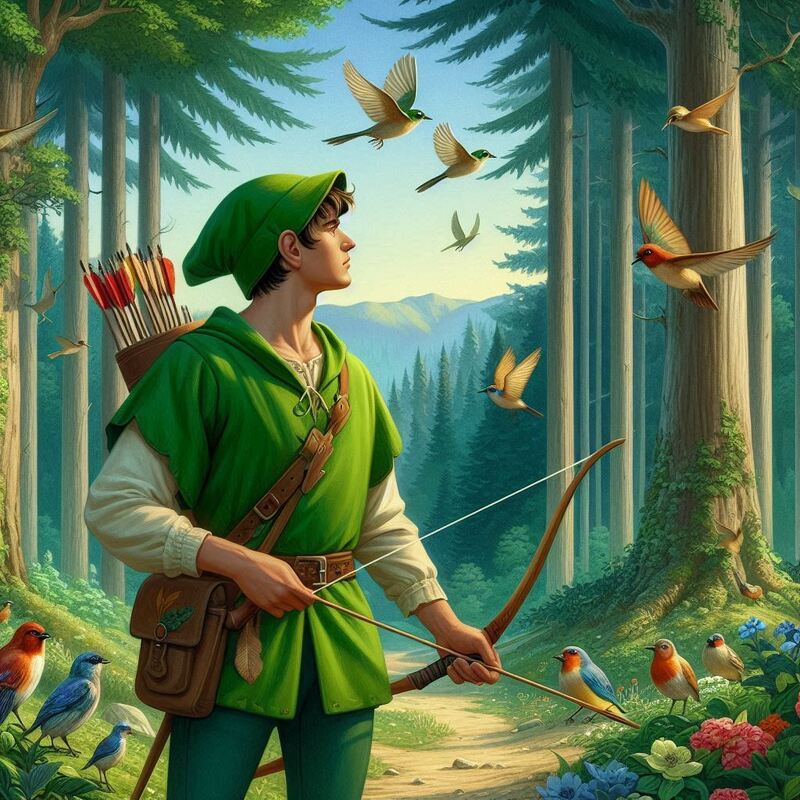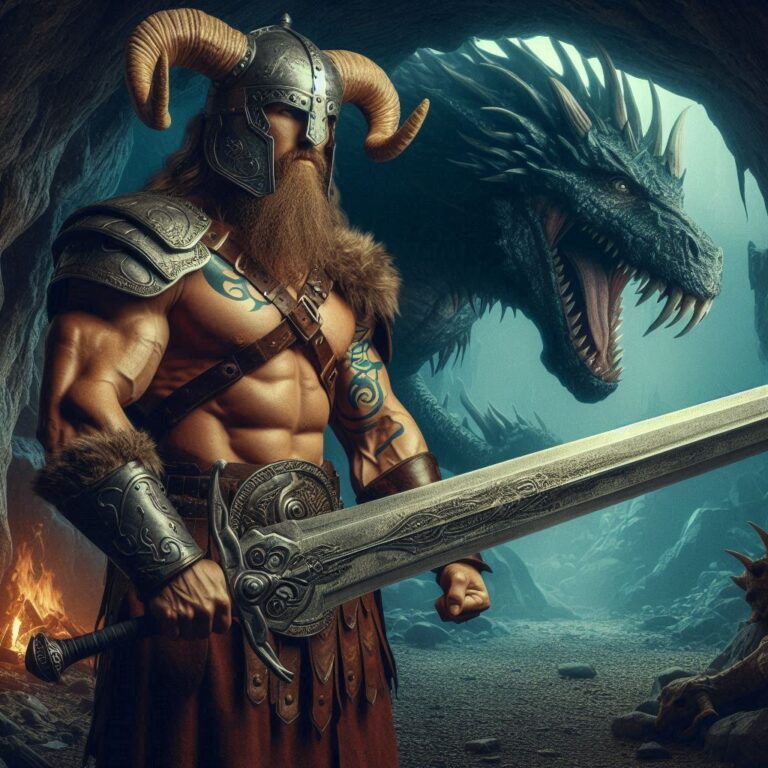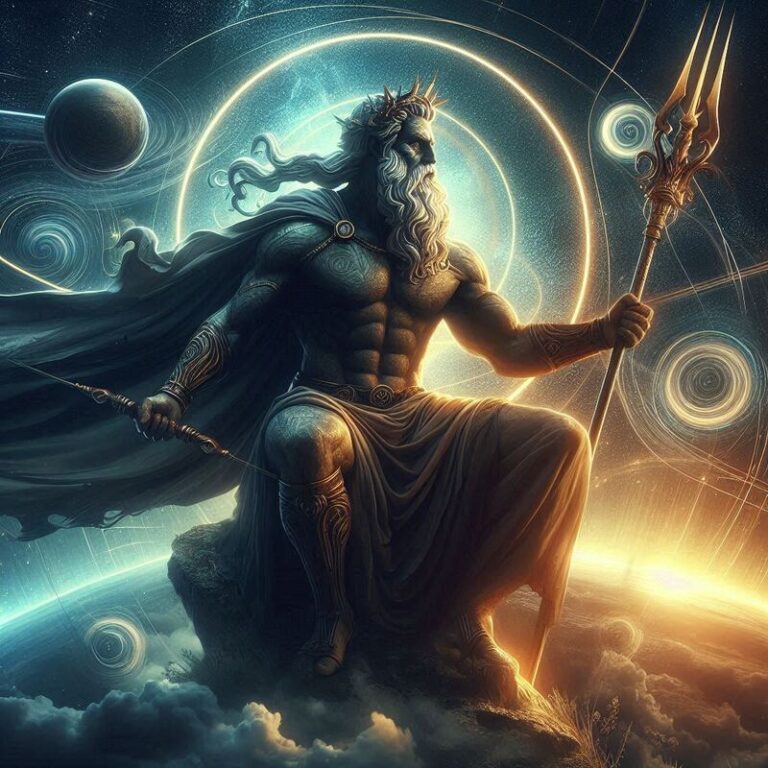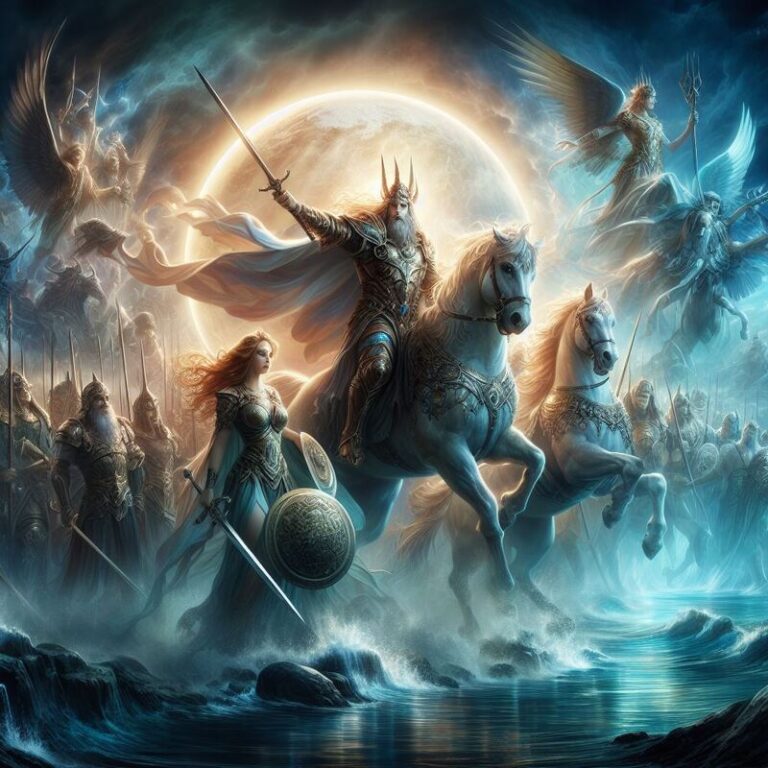Robin Hood The Legendary Outlaw
Robin Hood The Legendary Outlaw
Robin Hood: The Legendary Outlaw
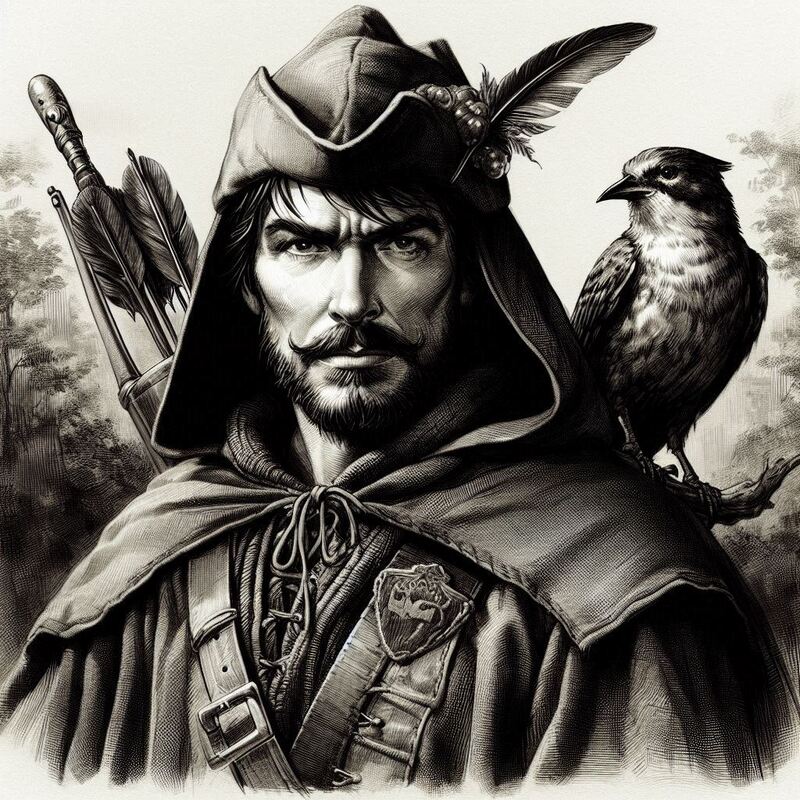
Robin Hood, the legendary outlaw of English folklore, has captivated imaginations for centuries. His tales are synonymous with heroism, justice, and the fight against tyranny. While the precise historical origins of Robin Hood remain shrouded in mystery, the mythic figure has become an enduring symbol of resistance against oppression and the champion of the downtrodden. Robin Hood The Legendary Outlaw
The Historical Context
The legend of Robin Hood is set in the medieval period, often during the reigns of King Richard the Lionheart and his brother, King John, around the late 12th to early 13th centuries. This was a tumultuous time in English history, characterized by political instability, heavy taxation, and widespread social inequality. These conditions provided a fertile ground for the emergence of folk heroes who challenged the status quo.
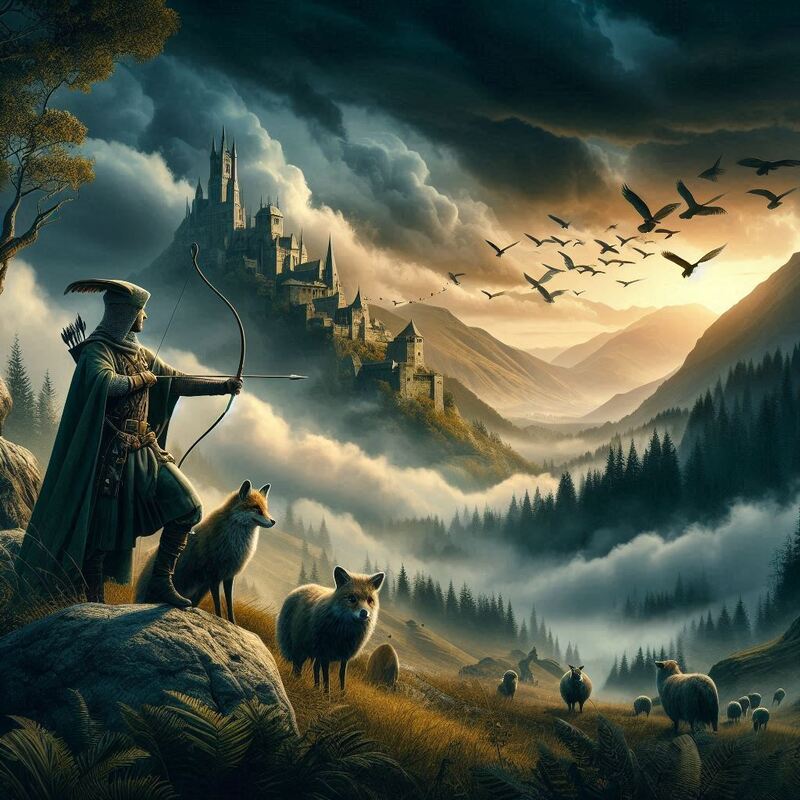
Robin Hood The Legendary Outlaw
The Outlaw’s Origins
The earliest references to Robin Hood appear in medieval ballads and songs. The first literary mentions date back to the 14th century, in works such as “Piers Plowman” by William Langland. These early stories depicted Robin Hood as a commoner who rebelled against corrupt authorities. Over time, the character evolved, incorporating various elements of local folklore and becoming more complex and nuanced.
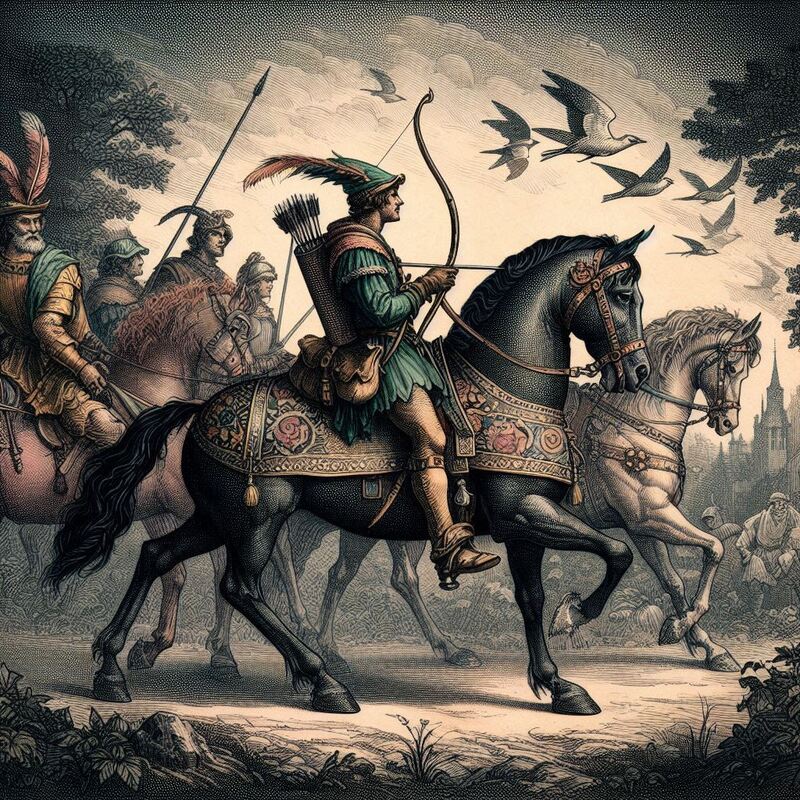
Sherwood Forest and the Merry Men
Central to the Robin Hood legend is Sherwood Forest, a vast royal forest in Nottinghamshire. Sherwood served as both a refuge and a stage for Robin Hood’s daring exploits. It is within these woods that Robin gathered his band of Merry Men, a group of loyal followers who shared his ideals and aided him in his quest for justice.

Robin Hood The Legendary Outlaw
The Merry Men included notable figures such as Little John, Robin’s towering second-in-command; Friar Tuck, a jovial yet formidable cleric; Will Scarlet, known for his sharp wit and sartorial elegance; and Much the Miller’s Son, a loyal and resourceful ally. Together, they formed a brotherhood bound by a common cause: to rob from the rich and give to the poor.
The Nemesis: The Sheriff of Nottingham
No hero is complete without a formidable adversary, and for Robin Hood, this role was filled by the Sheriff of Nottingham. The sheriff, a representation of corrupt and oppressive authority, relentlessly pursued Robin and his band, determined to bring them to justice. Their cat-and-mouse game became a central theme in the legends, highlighting the tension between law enforcement and the quest for social justice.
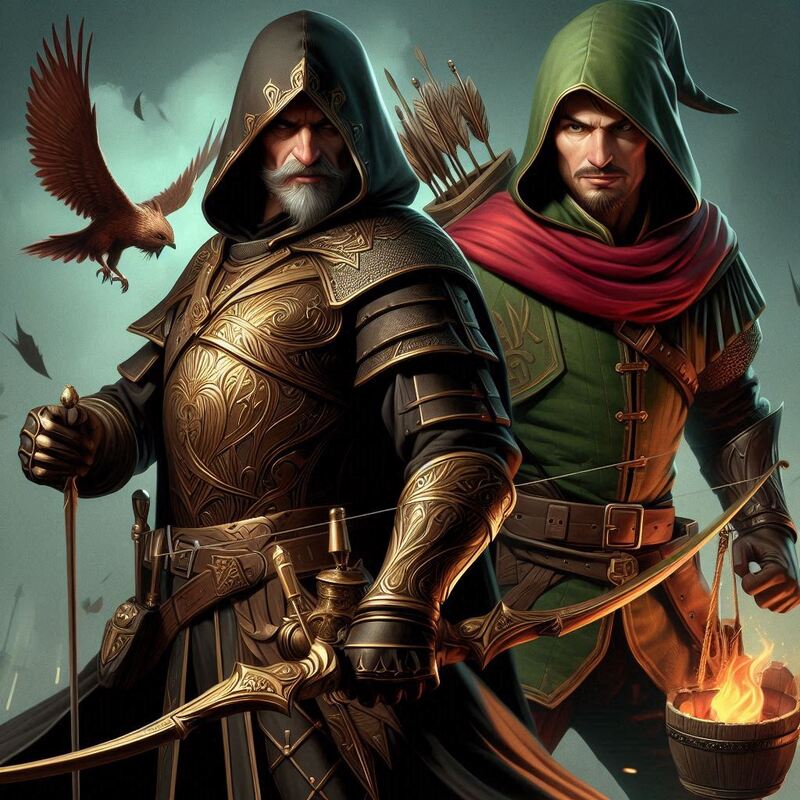
Robin Hood’s Love: Maid Marian
Robin Hood The Legendary Outlaw
The romantic element of the Robin Hood legend is embodied in the character of Maid Marian. Often portrayed as a noblewoman of great beauty and intelligence, Marian was Robin Hood’s beloved. Their love story added a layer of human interest to the tales, illustrating Robin’s softer, more compassionate side. Maid Marian herself was no passive damsel; she was often depicted as a brave and resourceful partner, aiding Robin in his endeavors.
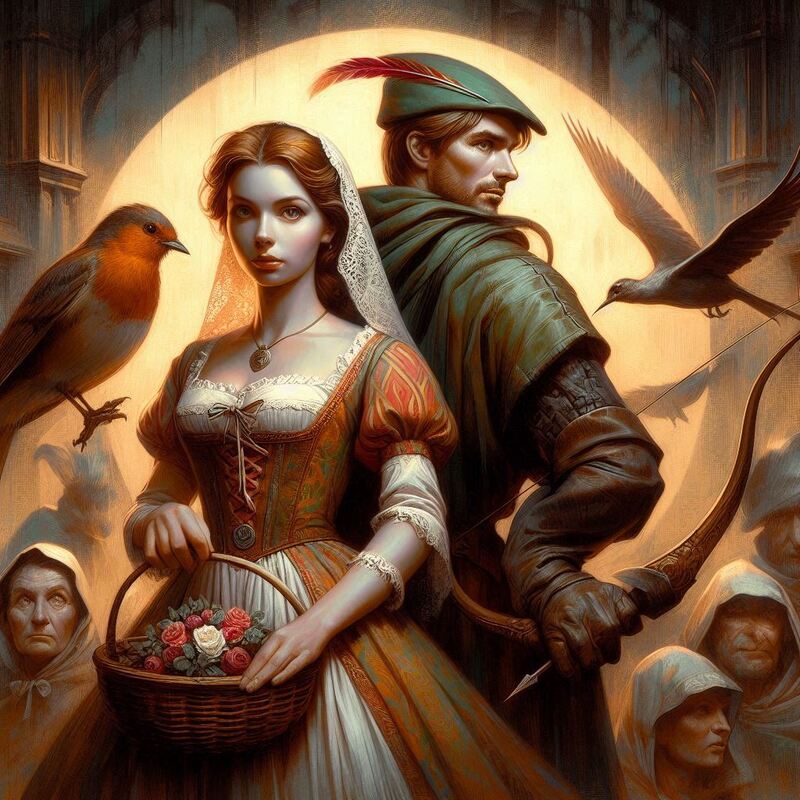
The Code of Robin Hood
At the heart of Robin Hood’s legend lies a moral code that resonated deeply with the common folk. Robin was not a mere thief; he was a principled outlaw who adhered to a strict code of conduct. He robbed the wealthy, particularly those who had amassed their fortunes through unjust means, and distributed the spoils to the poor and needy. This act of redistributive justice endeared him to the common people and cemented his status as a folk hero.
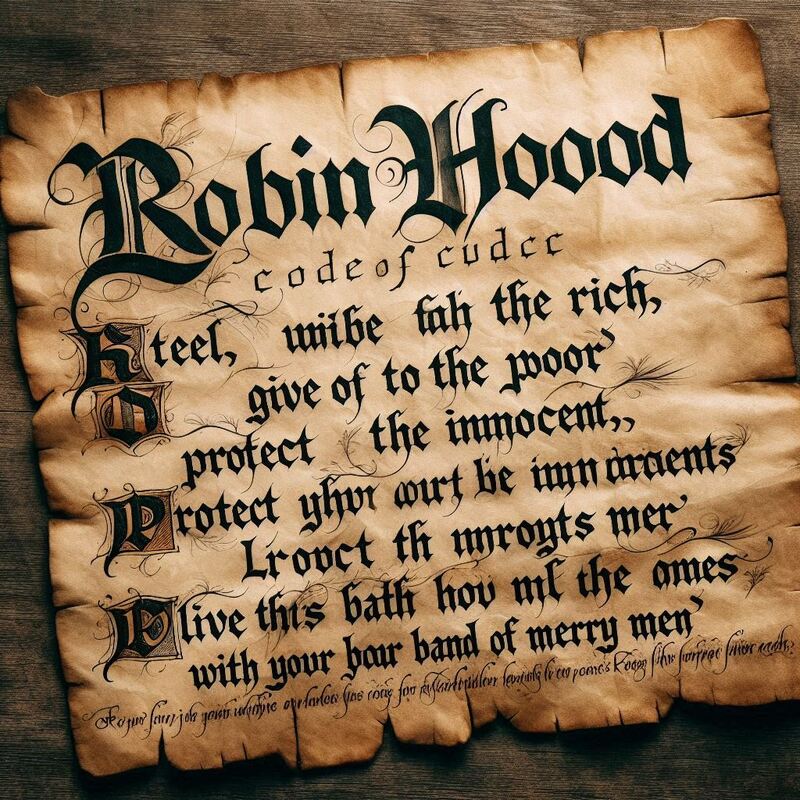
Robin Hood The Legendary Outlaw
The Evolution of the Legend
The Robin Hood legend has evolved over centuries, adapting to the cultural and social contexts of different eras. In the Middle Ages, Robin was a yeoman, a free man of common birth. By the Renaissance, he had transformed into a dispossessed nobleman, the Earl of Huntingdon, reflecting the changing perceptions of heroism and social class. Robin Hood The Legendary Outlaw
Literary works, plays, and eventually films have all contributed to the enduring legacy of Robin Hood. From Howard Pyle’s “The Merry Adventures of Robin Hood” to the numerous film adaptations, including the iconic 1938 movie starring Errol Flynn, each iteration has added layers to the character and the story, ensuring that Robin Hood remains relevant across generations.
Robin Hood in Popular Culture
Robin Hood The Legendary Outlaw
In modern times, Robin Hood’s influence extends beyond literature and film. He has become a symbol of resistance against injustice and an icon of popular culture. The Robin Hood name is invoked in various contexts, from charitable organizations to political movements. The idea of taking from the rich to give to the poor continues to resonate, reflecting ongoing societal concerns about wealth inequality and social justice.
The Debate Over Historicity
The question of whether Robin Hood was a real historical figure or purely a fictional creation remains a topic of debate among historians. Some suggest that Robin Hood was a composite character, drawing from the lives of various historical outlaws. Others believe he may have been entirely fictional, a product of medieval storytelling traditions. Regardless of his historical authenticity, the impact of Robin Hood on cultural and social consciousness is undeniable.
Robin Hood The Legendary Outlaw
The Enduring Appeal
The enduring appeal of Robin Hood lies in his embodiment of timeless values: bravery, justice, and the fight against tyranny. His legend speaks to the universal human desire for fairness and the hope that one person, no matter how humble, can make a difference. In a world often marked by inequality and injustice, the story of Robin Hood offers a beacon of hope and a reminder of the power of individual action.
Conclusion
Robin Hood, the legendary outlaw of Sherwood Forest, remains one of the most beloved and enduring figures in English folklore. His tales of bravery, cunning, and compassion continue to inspire and entertain. Whether viewed as a historical figure or a mythic hero, Robin Hood’s legacy is a testament to the enduring power of storytelling and the universal appeal of the fight for justice. As long as there are tales to tell and injustices to right, the legend of Robin Hood will continue to captivate the hearts and minds of people around the world.
